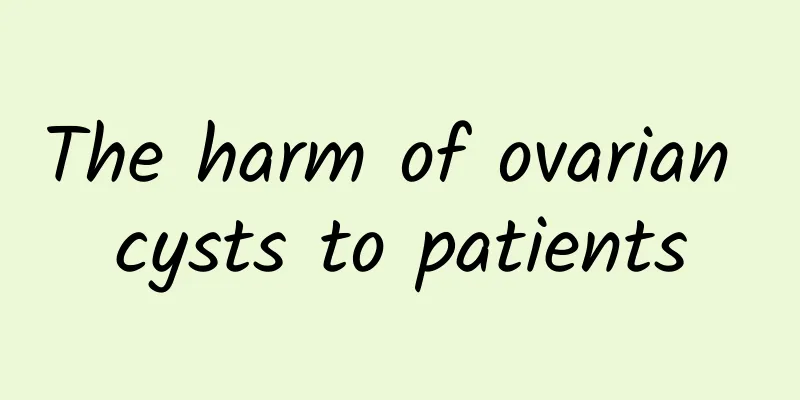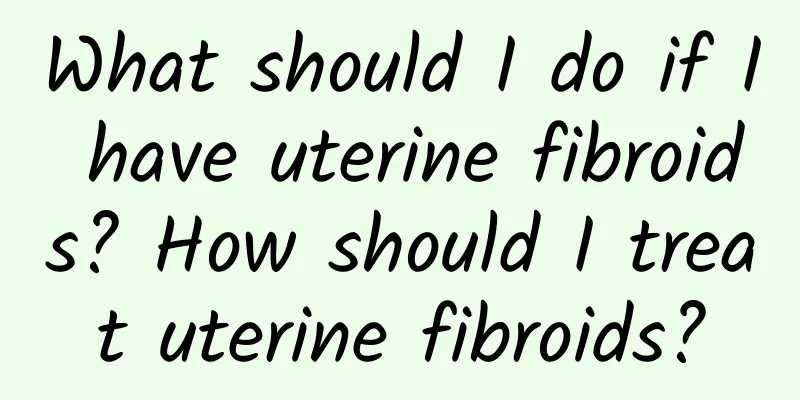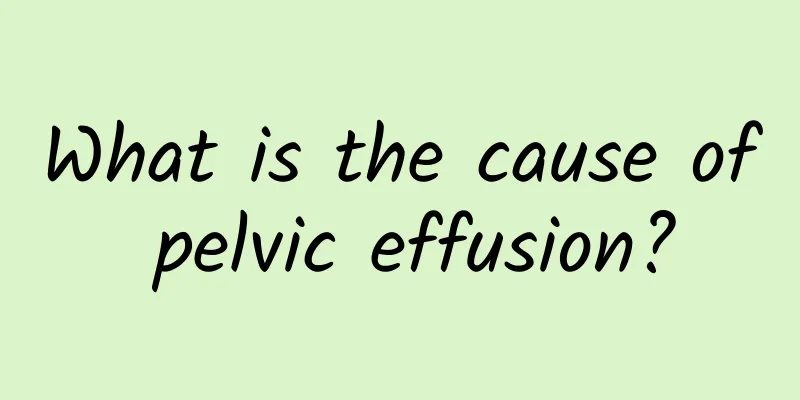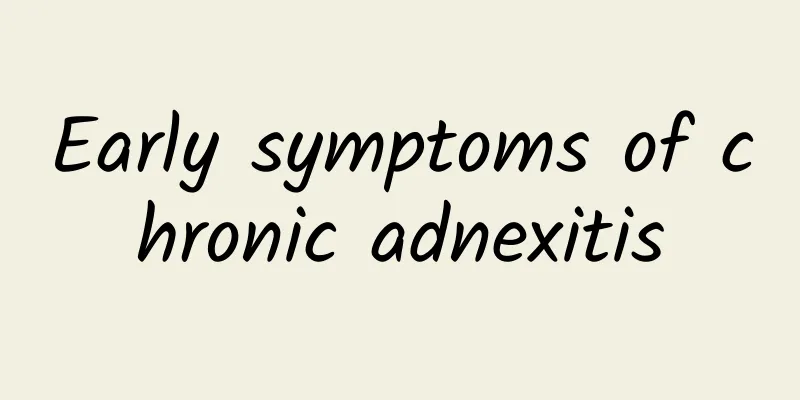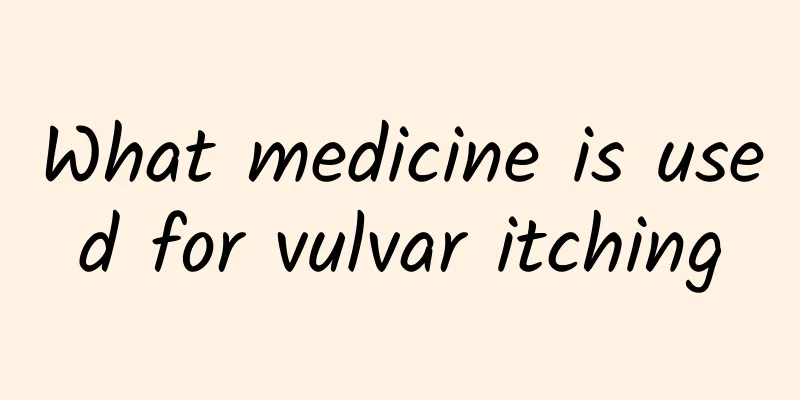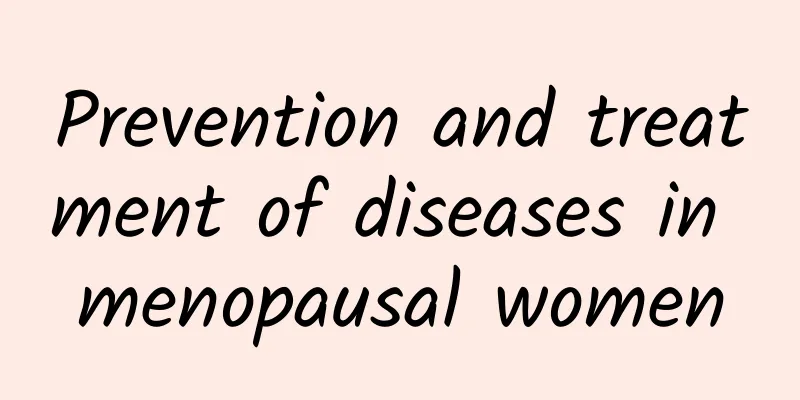What are the conditions for uterine fibroid removal and what are the methods for uterine fibroid removal?
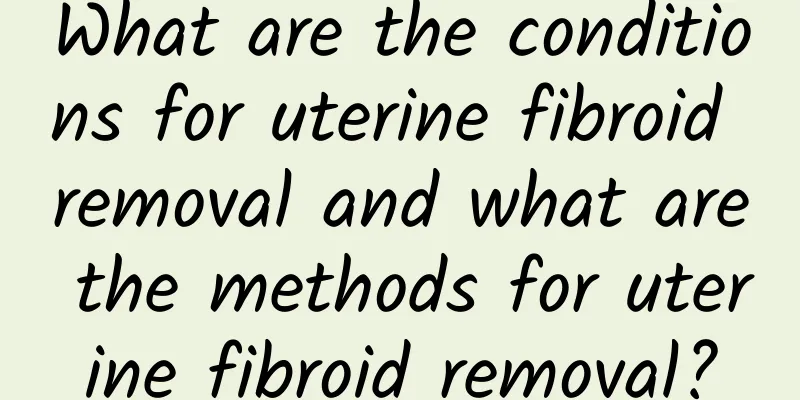
|
Uterine fibroids are a common gynecological tumor that usually grows in the myometrium of the uterus, causing a series of uncomfortable symptoms for patients. For some patients with severe symptoms, uterine fibroid removal surgery may be required. However, uterine fibroid removal is not suitable for all patients, and surgical treatment can only be performed under certain conditions. First of all, what are the conditions for uterine myoma removal? Generally speaking, the following conditions can be considered for surgical treatment: 1. Severe condition: If uterine fibroids cause obvious symptoms, such as irregular menstruation, abdominal pain, dysmenorrhea, etc., and other conservative treatments are ineffective, then removing the uterine fibroids may be a good choice. 2. Fibroids grow rapidly: If uterine fibroids grow rapidly or show obvious changes in a short period of time, you may need to consider removal. 3. Large fibroids: If the uterine fibroids are large, with a diameter exceeding 5 cm, or if they exert pressure on surrounding tissues, they may cause symptoms such as frequent urination and constipation, then it may be necessary to remove the fibroids. 4. Infertility: If uterine fibroids are one of the causes of a patient’s infertility, surgical removal can increase the chances of pregnancy. 5. Risk of malignant changes: Although uterine fibroids are benign tumors, they may undergo malignant changes in a very small number of patients. If there is a risk of malignant changes or there are lesions suspected of being malignant tumors, they need to be removed in a timely manner. Next, let's learn about the methods of uterine fibroid removal. Currently, common uterine fibroid removal surgeries include: 1. Myomectomy: This is a more common surgical method, which directly removes or removes the myoma through laparoscopy or open surgery. 2. Complete myomectomy: It is suitable for cases where the myoma is large or located inside the uterine wall and requires complete myomectomy. 3. Myomectomy and uterus preservation: For young patients who wish to preserve their uterus, this surgical method can be considered. Through laparoscopy or laparotomy, only the uterine fibroids are removed and the uterus is preserved. Before performing a hysteromyomectomy, the doctor needs to consider factors such as the patient's age, fertility needs, the location and size of the fibroids, etc. to determine the best surgical plan. In general, myomectomy is an effective method for treating uterine fibroids, but it is not suitable for all patients. If you have uterine fibroids, you should first receive a comprehensive evaluation from your doctor and undergo necessary examinations to determine whether you need surgical treatment. At the same time, for those patients who need surgery, the doctor will choose the appropriate surgical method based on the patient's specific situation to minimize the risk of surgery and the occurrence of complications. Popular Science: What are the conditions for uterine fibroid removal? Surgical treatment should only be considered when uterine fibroids cause obvious symptoms, such as irregular menstruation, abdominal pain, dysmenorrhea, etc., and other conservative treatments are ineffective, or when the fibroids grow rapidly, are large, and compress surrounding tissues, or there is a risk of infertility or malignant changes. Therefore, not all uterine fibroids need to be removed, and judgments and decisions must be made based on specific circumstances. Patients should seek medical treatment in a timely manner, receive evaluations and advice from professional doctors, and develop appropriate treatment plans. |
Recommend
7 small methods to comprehensively upgrade your metabolism!
As we age, our metabolism is like a deflated tire...
Diet therapy is necessary to treat menopausal syndrome
Women in menopause will experience a series of di...
Xiangyangfang won the gold medal in the creative whole-grain bread competition
Modern people pay attention to health, and even b...
What is Visible Traffic?
Visual abortion is an artificial abortion procedu...
Diet adjustment is very important for patients with ovarian cysts
Ovarian cysts should be treated promptly. If trea...
What are the symptoms of uterine fibroids? Are uterine fibroids benign tumors?
Uterine fibroids are one of the most common benig...
What are the dangers of abortion? There are 7 major dangers
Almost all obstetricians and gynecologists do not...
Dietary considerations for patients with acute vaginitis
Dietary precautions for patients with acute vagin...
If you plan to start doing yoga at home, here are 8 things you must know
Girls who want to spend more time doing yoga but ...
How to perform surgery for multiple uterine fibroids? Which surgical method is best for multiple uterine fibroids?
Experts say that the treatment of uterine fibroid...
Which hospital is good for menopausal conditioning?
For menopausal conditioning, you can choose the e...
The impact of daily personal hygiene on adnexitis
The cause of adnexitis is closely related to some...
What are the precautions for cervicitis?
What are the precautions for cervicitis? Nowadays...
What should we pay attention to during the treatment of pelvic inflammatory disease?
What should we pay attention to during the treatm...
Experts teach you how to correctly prevent ectopic pregnancy
Although the incidence of ectopic pregnancy is no...

